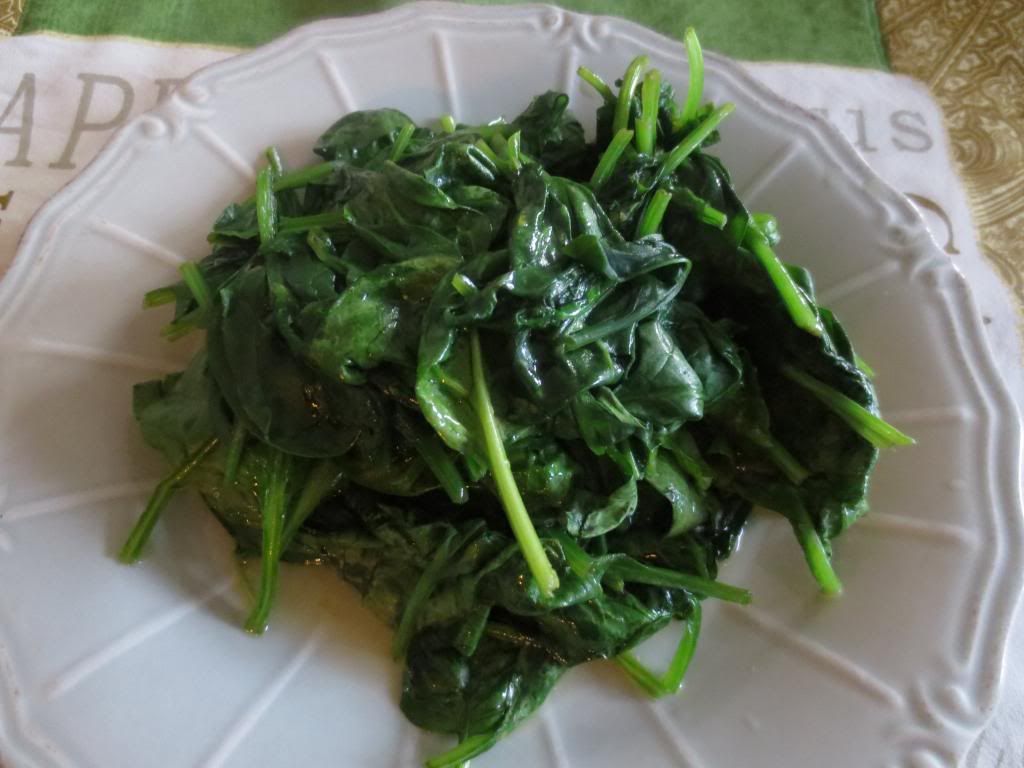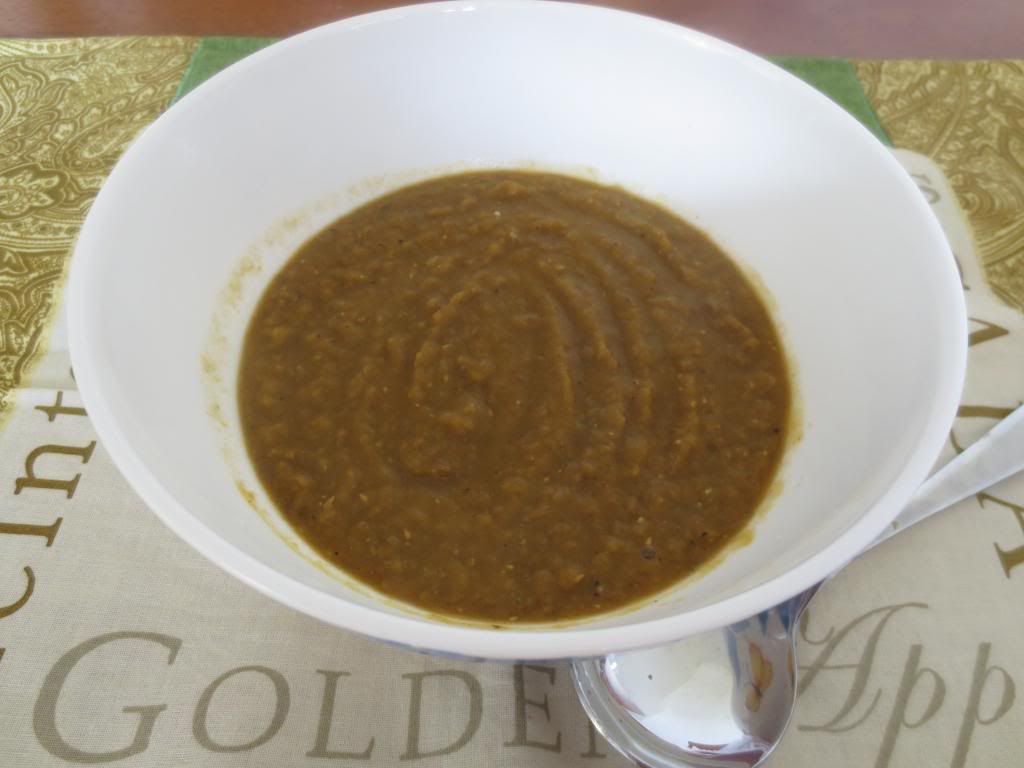Summer has gone in Australia, and the last of the summer produce will slowly disappear from the shops. To linger over the taste of summer, I bought some rhubarb from the supermarket, with no clear idea of what I was going to make with it. I also serendipitously found some cheap strawberries at a fruit shop near work.
After thumbing through a couple of my recipe books, I decided to make a pie from p52 of Gesine Bullock-Prado's excellent Pie It Forward. I chose to make her Strawberry Rhubarb Crumble Lattice Pie, but ended up with a few differences, both deliberate and accidental.
First, I noticed that the crumble recipe had as much butter in it as the pie dough itself - this sounded way too naughty for me, so I decided to leave out the crumble.
I made enough dough for a double pie crust, as intended, but made a mistake in deciding to test my new lattice pie crust docker on the pie crust without practising first. I ended up with a holey top pie crust (in all the wrong places) which I had to bin because it had fruit juices all over it and could not be re-rolled. Enter plan B - the Strawberry Rhubarb Galette. I used Gesine's pie crust recipe and strawberry-rhubarb filling, but with no crumble and no top crust.
The result was excellent - the filling set up perfectly, and the crust was delicous. This galette got a good wrap at work, with one person guiltily admitting to eating two pieces, and another pronouncing it to be my best yet. I'd say that was a success!
To make this galette, you will need:
1/2 quantity Gesine's All-Butter Easy Pie Dough (makes a double crust) - the recipe is online here and on p19 of Pie It Forward.
To make a galette like me, place the dough in your pie plate, and don't trim off any overhang. Pour in the filling, then fold the excess pie dough around the filling. Wash the dough with a mixture of beaten egg and a teaspoon of water. Sprinkle a little sigar on the dough, and bake the galette for around 40 minutes or until the pastry is golden brown.
I think this galette, or Gesine's original pie, with its spring ingredients, would be the perfect Easter treat. Happy Easter everyone!


























